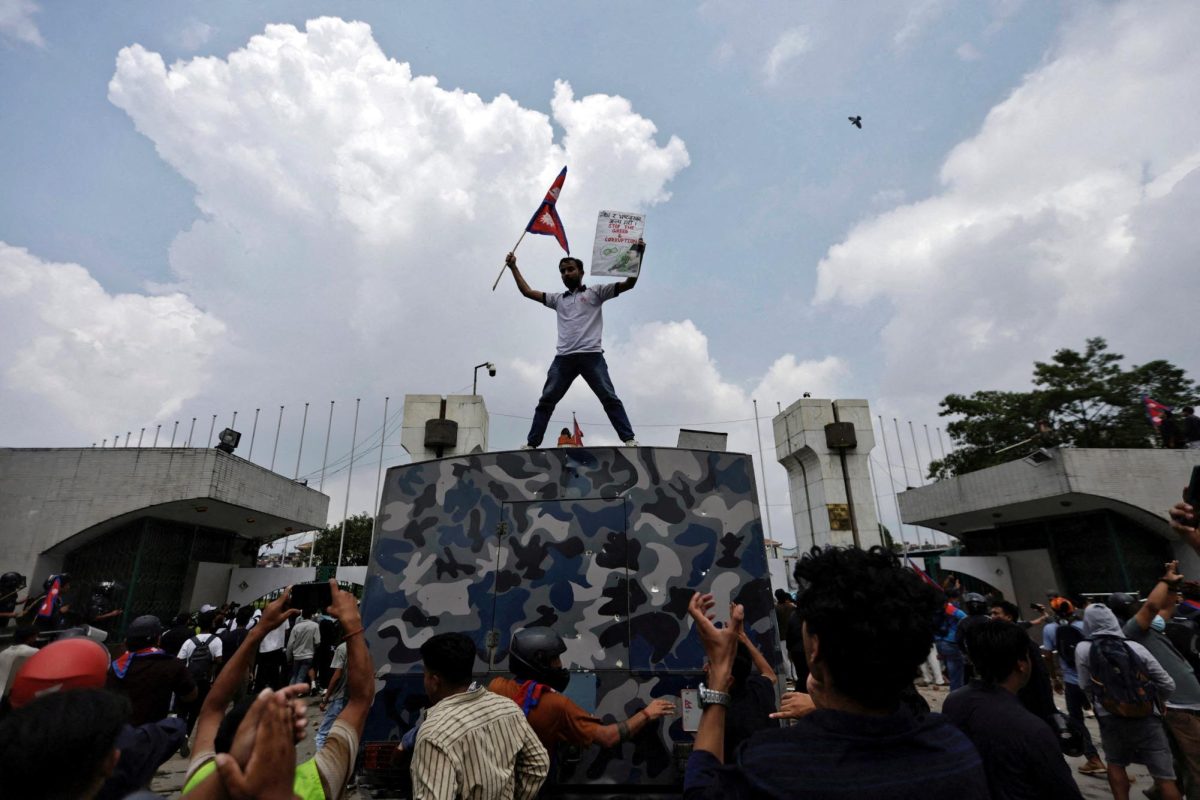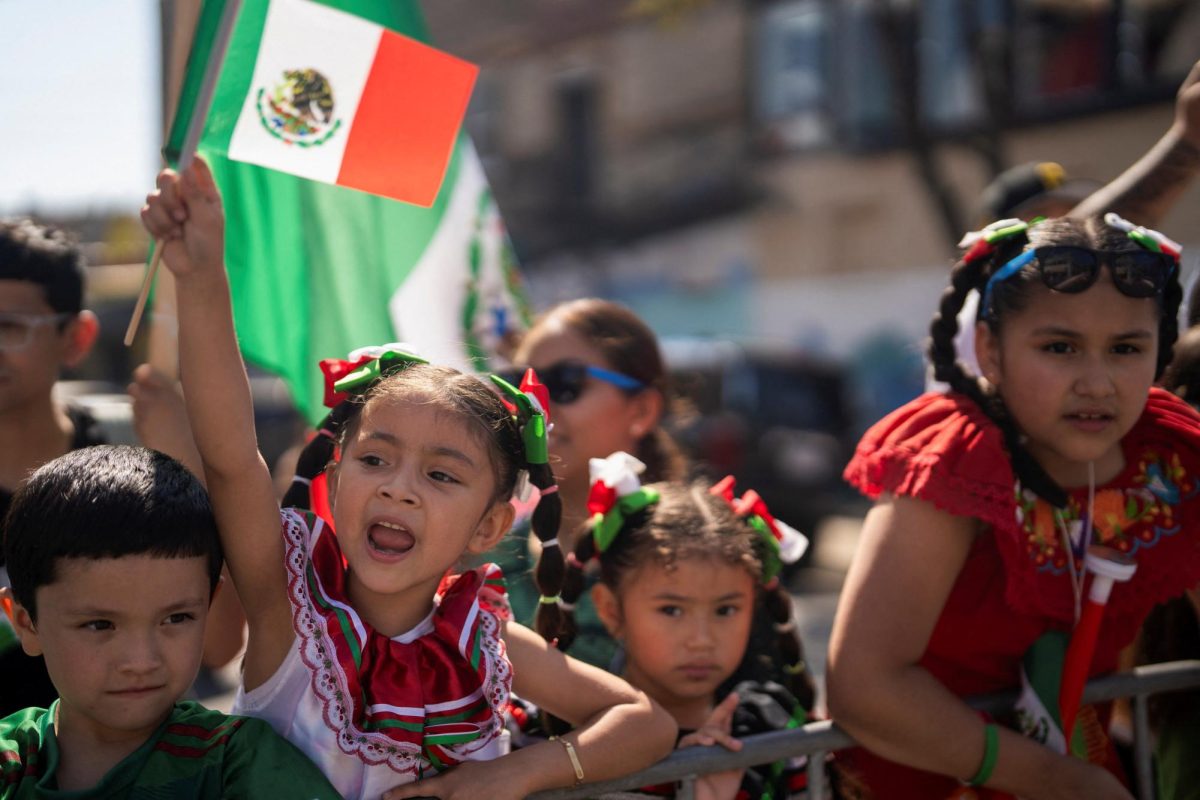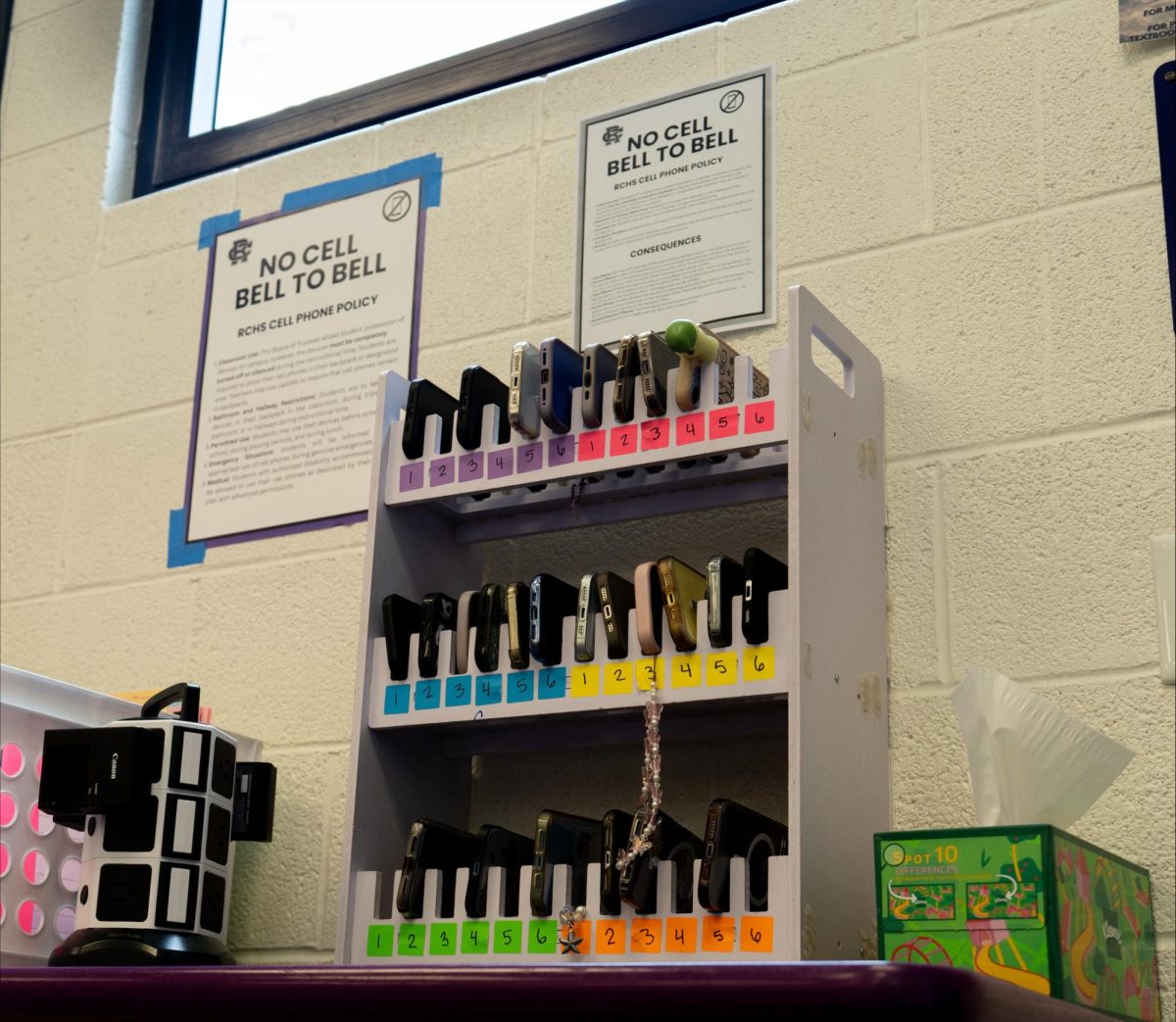After years of mistreatment and pain, citizens of Nepal have finally had enough. On Monday, Sept. 8, tens of thousands of Nepalese protesters surrounded federal government buildings in the capital of Nepal. After five days, the protestors created pressure, leading many elected officials, including the former Prime Minister Sharma Oli, to step down and to the appointment of the first female prime minister.
The Nepal Revolution started on Sept. 8 and continued through Sept. 13. At the end of this six-day protest, there were a confirmed 51 deaths and over 1,000 injuries, with later reports saying additional deaths and injuries.
Nepal suffers from terrible income inequality. Most of the wealth is held by 10% of the population, having more than 26 times the wealth of the bottom 40%, according to the Nepal Economic Forum. This 10% also makes three times more than the bottom 40%.
Gen-Z is particularly upset with Nepal’s economic inequality, after many educated youths have not be able to find work in Nepal. The World Bank estimates 20% of young people in Nepal cannot find work.
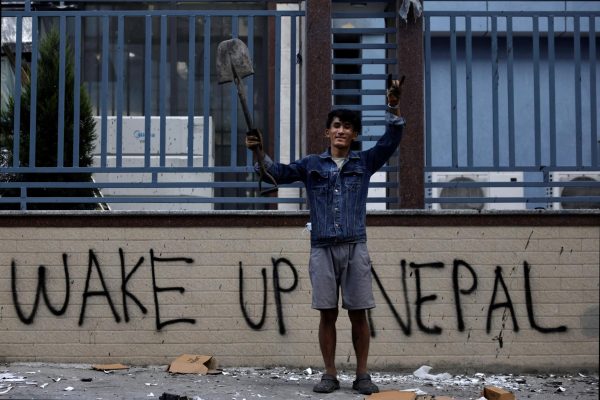
Tensions have long been present with the oligarchy. After the fall of King Gyanendra Bir Bikram Shah Devin 2008, officials quickly gained wealth. They made so much money that #PoliticiansNepoBabyNepal trended on multiple social media sites, referring to the politicians’ children and lavish lifestyles. Many wondered why the rich never talk about where they get their money, as they are so brazen about showing it off. Indian news site NDTV World shared information about the frustrations with the rich.
Many assumed that due to these viral complaints, the Nepal government banned and regulated social media sites, including WhatsApp. This was not the first time that Nepal had banned social media, with Nepal banning TikTok in 2023, saying it was affecting Nepal’s “social harmony,” according to The New York Times.
Gen-Z, in particular, was responsive to this attack on freedom. They had dealt with job loss, but they would not be silenced by the same people who wore clothes worth more than what they made in a year.
Eventually, the government grew tired of the protests, and parliament brought in security services, who responded with tear gas and live ammunition. They also responded with less severe measures, such as spraying protesters with water.
The bulk of the destruction came on Sept. 9 and Sept. 10, with protesters burning down many government buildings, according to Hannah Beech in the New York Times.
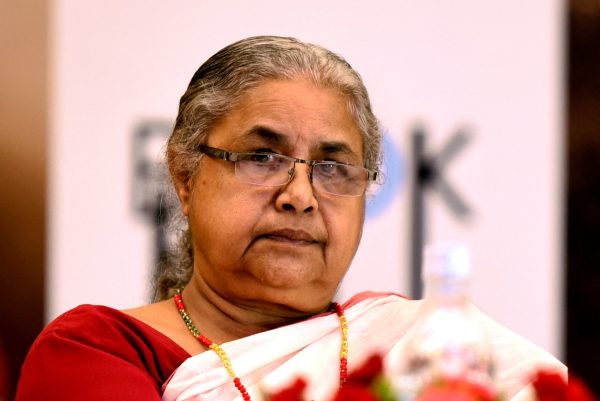
On Sept. 9, the former prime minister Oli stepped down when riots continued to rage, despite the government getting rid of the social media ban, which sparked the protests.
Some of the tensions subsided as protestors organized on Discord, advocating for the newly-appointed prime minister to step in until the official election in March 2026.
Following the revolution, things have gone mostly back to normal, says Alex Travelli, a South Asia business correspondent for The New York Times, in an interview with PBS correspondent Lisa Desjardins.

